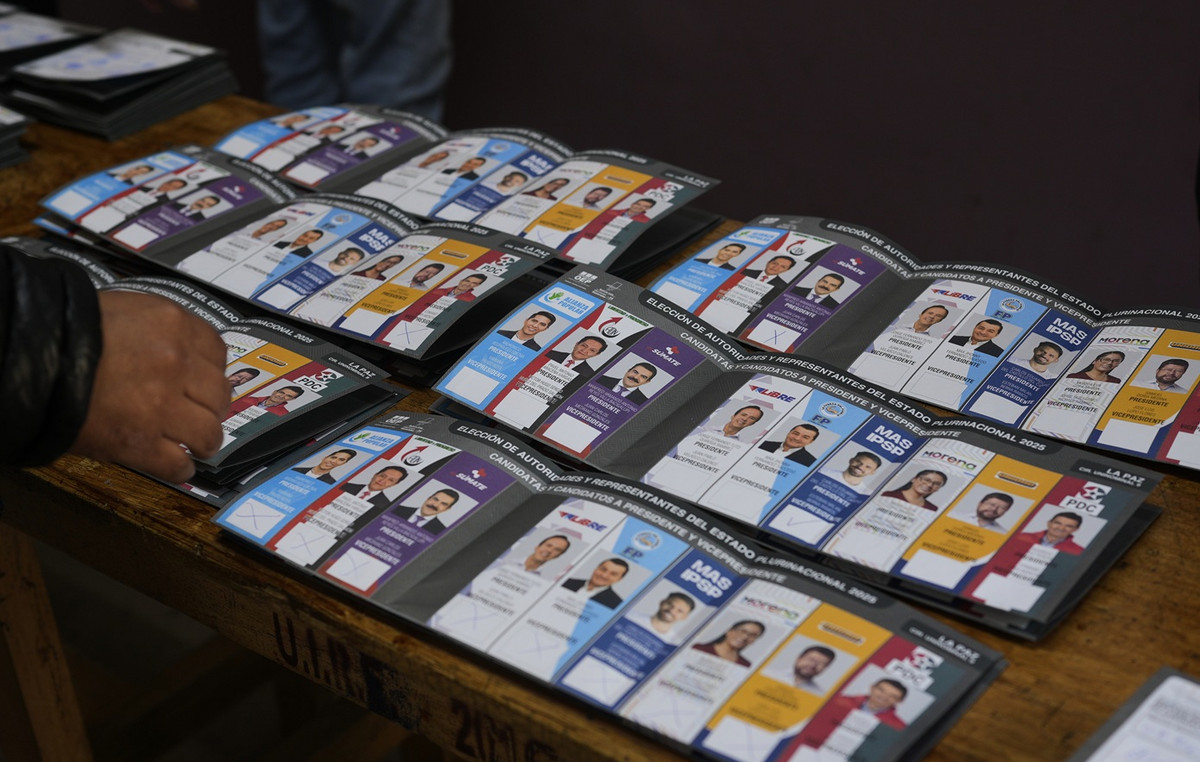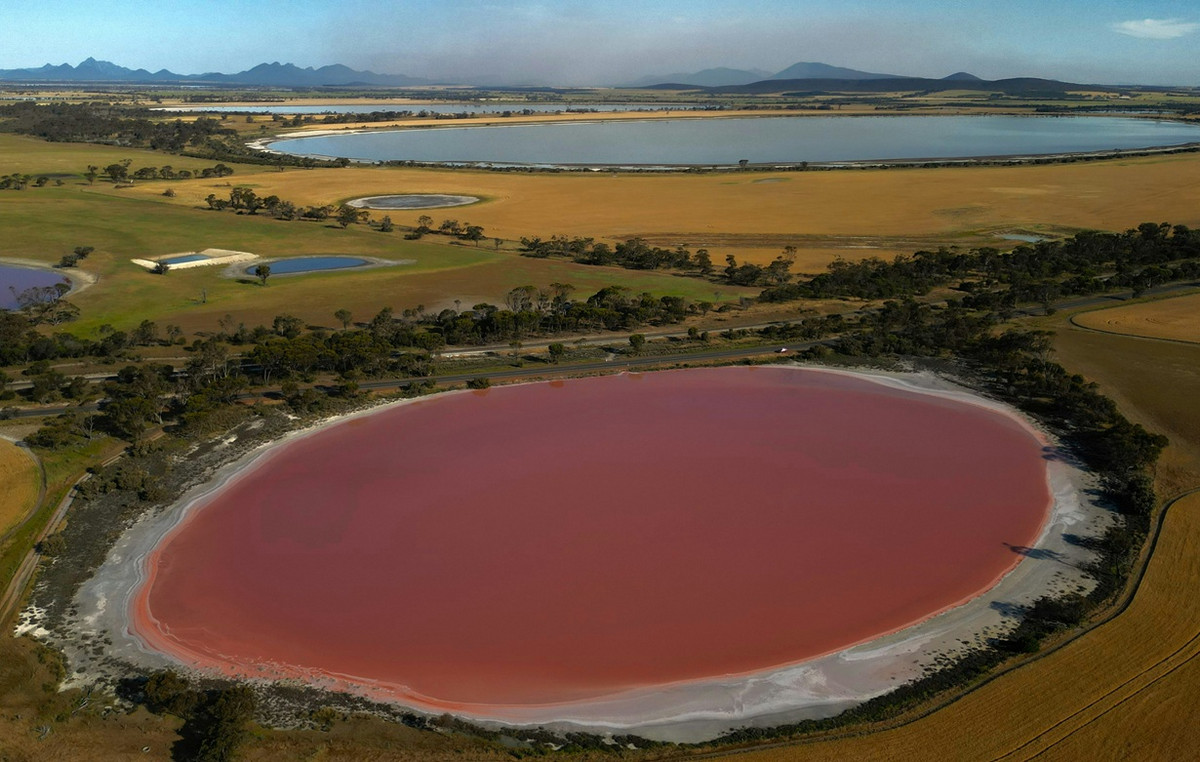Scientists from the Oceanographic Institute (IO) of the University of São Paulo (USP) found plastic packaging, shoes, toys and even a bottle of medicine made a century ago, in the ocean region at depths between 200 and 1,500 meters off the Brazilian coast. This is the first report of marine litter in the deep sea of Brazil.
Soda cans from eight different countries, deodorant packaging produced in the 1970s and food packaging from 1996 were found. “The deep ocean is silently becoming a dumping ground,” states the study.
The expeditions were carried out in the South and Southeast regions of Brazil, with the aim of studying the biodiversity of animals that live in deep waters and that, therefore, have evolved to live in almost inhospitable environments with low temperatures, very high pressure and incipient or completely sunlight. absent.
Aboard the Oceanographic Vessel Alpha Crucis from the University of São Paulo, scientists collected two new species of fish named as Sciadnonus alphacrucisin honor of the ship, and Polymyxia carmena in honor of the professor. Carmen Rossi-Wongtschowski and, to the team's surprise, large amounts of trash.
The collections were made with bottom trawl nets, between 274 and 1,520 m deep, in two distinct areas 200 km away from the south coast of Brazil: between Ilhabela (SP) and Florianópolis (SC).
In total, 603 items were collected, totaling 13.78 kg — the majority were made of plastic (58.5%) that may have been transported for thousands of kilometers until they accumulated in the region. Fabrics and metals were also frequent, in addition of catalyzed paints for boats, glass and concrete.
The first records of marine litter were made in the late 1960s in coastal regions and, since then, the amount of litter found has increased both in quantity and in polluted areas. For the first time, marine litter was found in the Southwest Atlantic in deep waters.
The concern is about the effects on ecosystems and marine fauna, due to the amount of highly polluting products, such as ship paint and contaminated oil cans, in addition to the ingestion of microplastics by marine animals.
Oceanographer Flávia Tiemi Masumoto, who leads the study, states that the results highlight the importance of monitoring the disposal of garbage in the seas and of rethinking the use of single-use plastics, such as cups and bags. “The ocean is not a landfill where we can throw everything there”, she warns in an interview with CNN .
Source: CNN Brasil
I’m James Harper, a highly experienced and accomplished news writer for World Stock Market. I have been writing in the Politics section of the website for over five years, providing readers with up-to-date and insightful information about current events in politics. My work is widely read and respected by many industry professionals as well as laymen.







